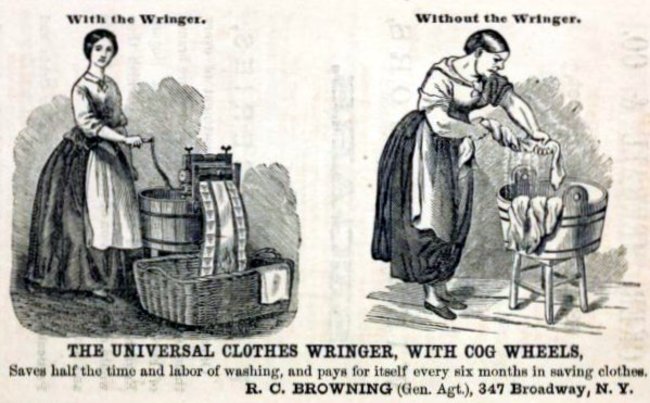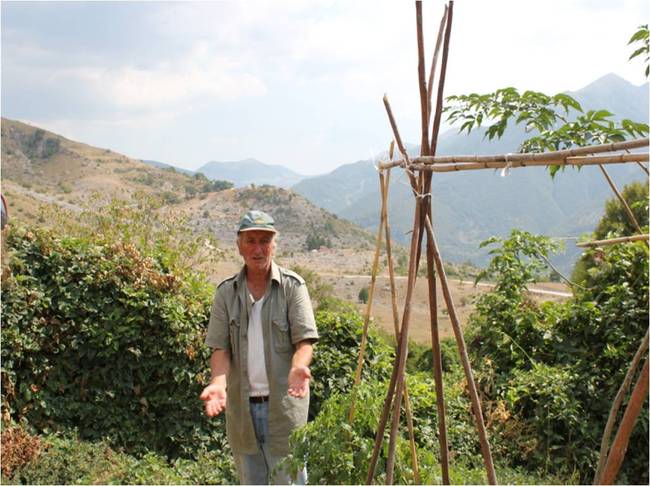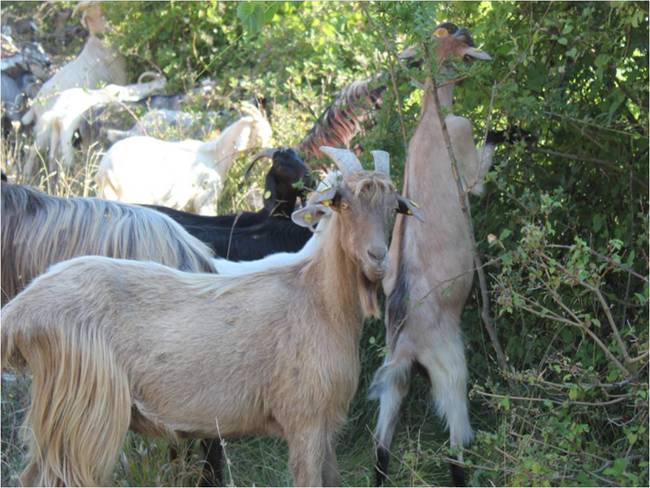 Image couresy of The Virtual Dime Museum: www.thevirtualdimemuseum.com
Image couresy of The Virtual Dime Museum: www.thevirtualdimemuseum.com
We spent some time detailing the importance of water and, more specifically, rainfall in our determination of where to farm. Access to an adequate and clean water supply was also critical. What we haven’t talked about is just what it takes for us to get our water clean. We are on a well with no access to public water. Upon opening the kitchen faucet on our first visit we were nearly floored by the smell the sulfur in the water. For anyone that’s smelled sulfur water you’ll never forget it. Imagine a strong odor of rotten eggs and the shock of a dutch oven.


